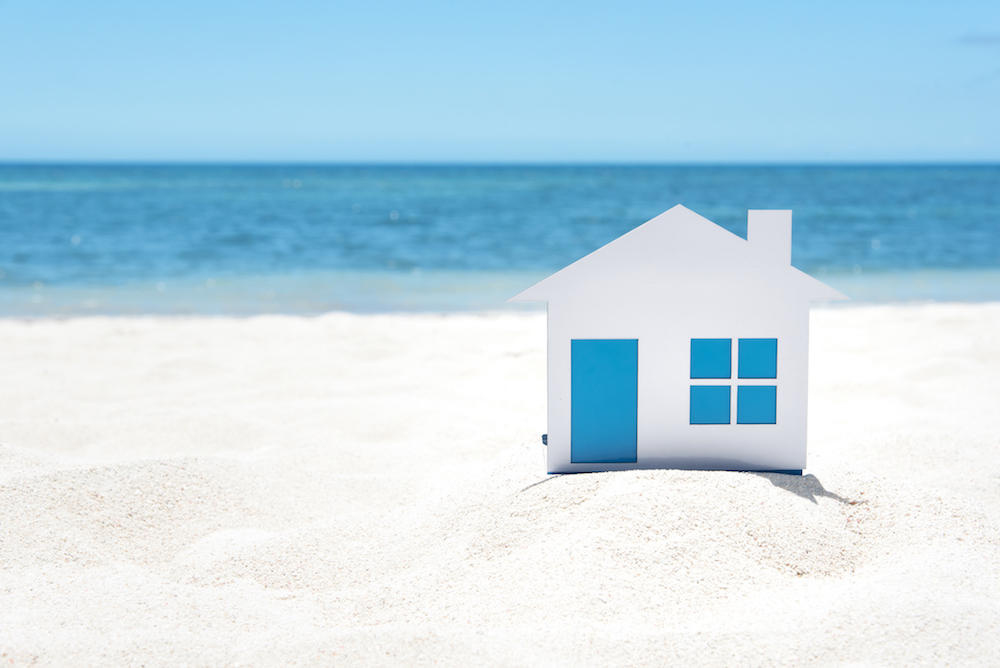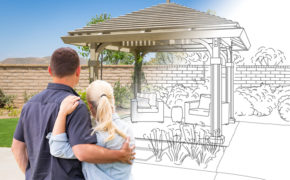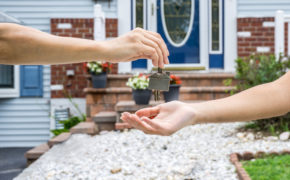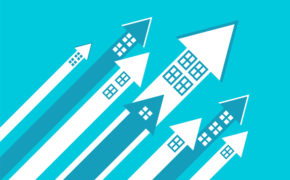Nuances of Buying a Vacation or Rental Home
Thinking about buying a vacation or rental home?
Getting a mortgage for a second property—regardless of purpose—comes with a few more nuances than a loan for your primary residence.
If you’re looking to take out a mortgage on either a vacation home or rental home, here are a few things to think about to help you along your journey.
Must Show Reserves
The process of obtaining a loan for a vacation or rental home is different from that of a primary residence. Not only do you have to prove you have enough money to complete the transaction, but you also must show up to six months of cash or asset reserves for every property you own. This shows lenders that you have sufficient income to cover the mortgage payments for multiple properties.
No Government Loans
Government loans are a common option for many homebuyers. However, you cannot use a government mortgage, such as a 203K renovation loan, to purchase a vacation or rental home, as these types of products are only available for primary residences. Additionally, down payment assistance is not available for these types of homes, so homebuyers will need to plan on getting a conventional mortgage to complete their purchase.
Speak to a Lender First
Before you do anything in regard to buying a vacation or rental home, speak to a qualified lender. It’s always easier to get a second mortgage from the same company you got your first one from, since they already have your documents on-file and know your situation and options available to you.
For instance, if you’re buying multiple rental properties, Fannie Mae only allows you to have mortgages on up to ten financed properties. While you can own more, you can only take out a mortgage on ten. Also, once you start renting homes out, you can use the lease agreement to offset the mortgage payment when you go to qualify for another property—making it an asset rather than debt.
Additional Costs on Rental Homes
If you’re purchasing an investment property, be prepared to pay higher closing costs than a primary residence—appraisal costs are increased, you’re expected to put down at least a 20-25% down payment and there may be penalties for buying a non-owner-occupied property. Interest rates are also higher on rental homes, since they’re considered higher-risk properties. Additionally, you can’t have a co-signer on a rental property, so be prepared to tackle the task solo.
If you want to dig deeper into these subjects and more, head over to our website to talk to a mortgage lending professional and begin the homebuying process today!










